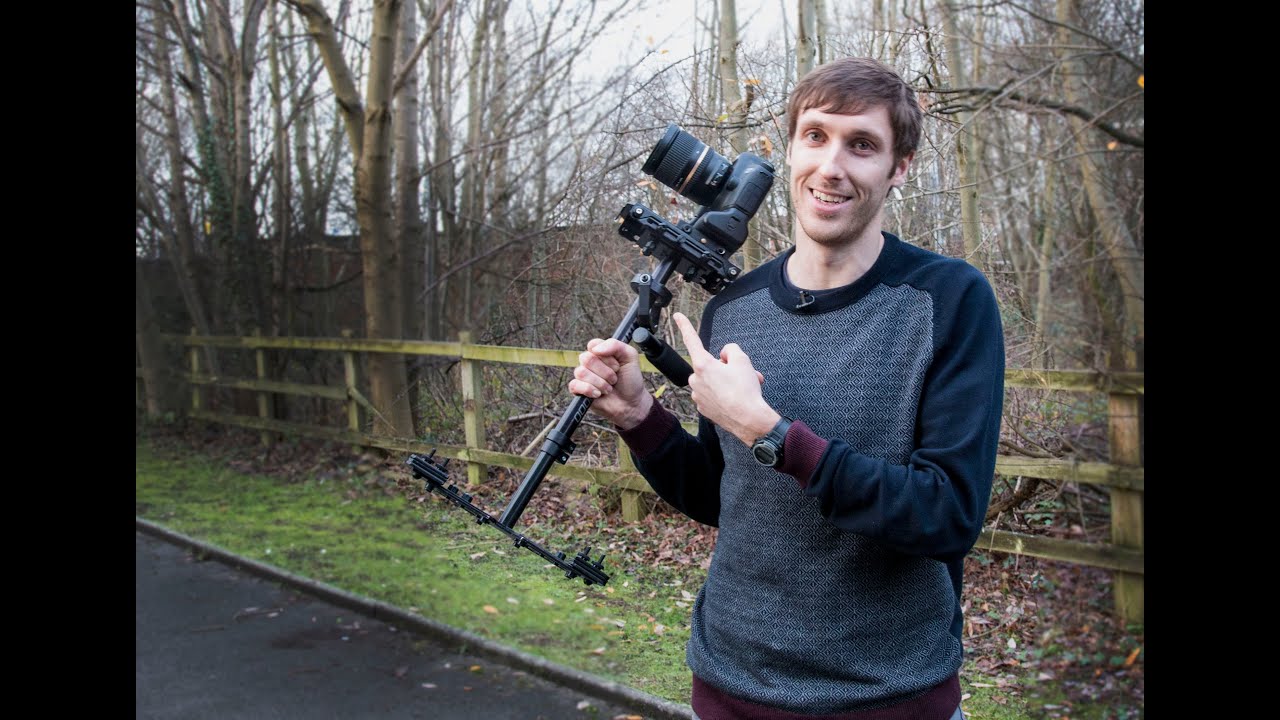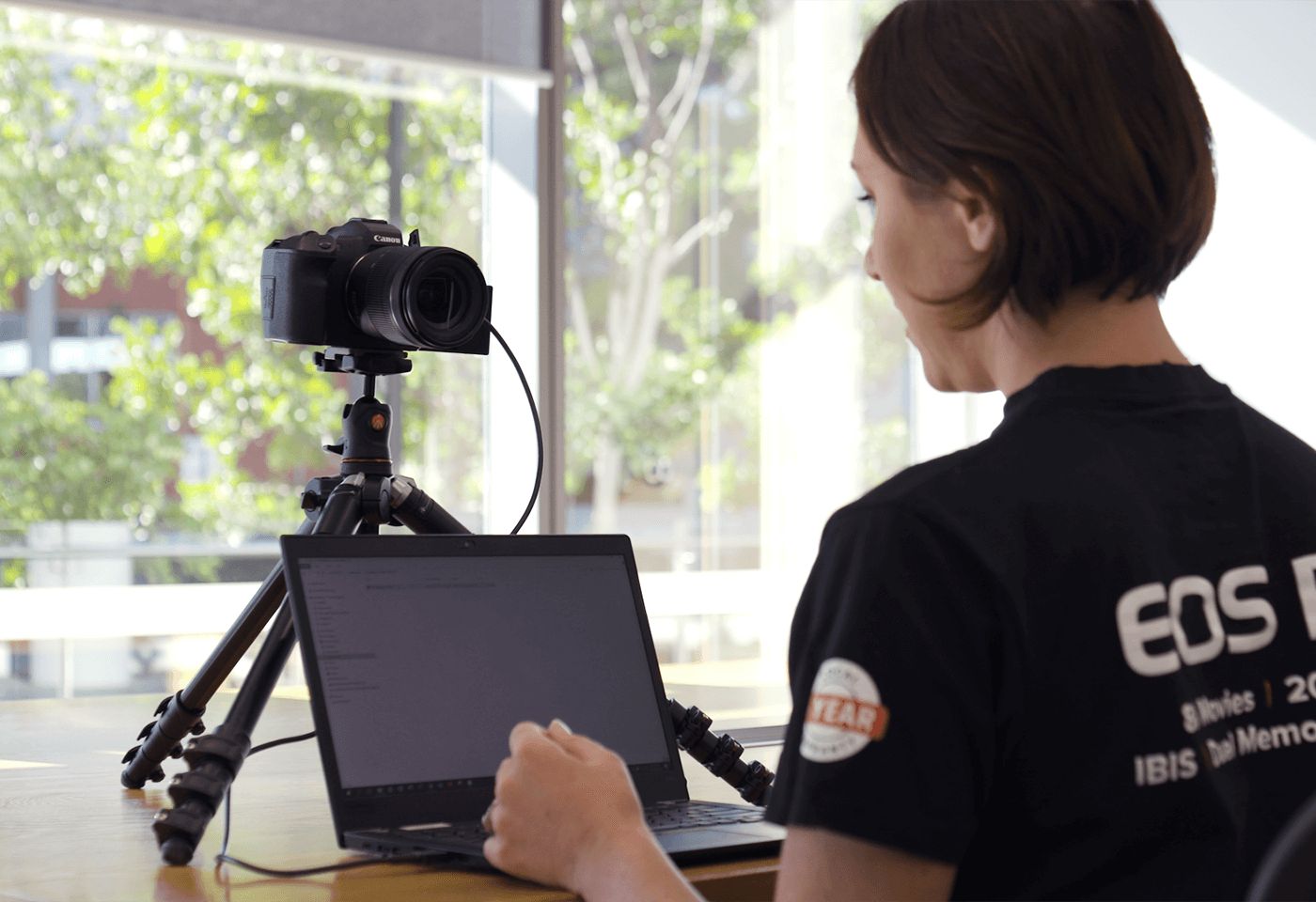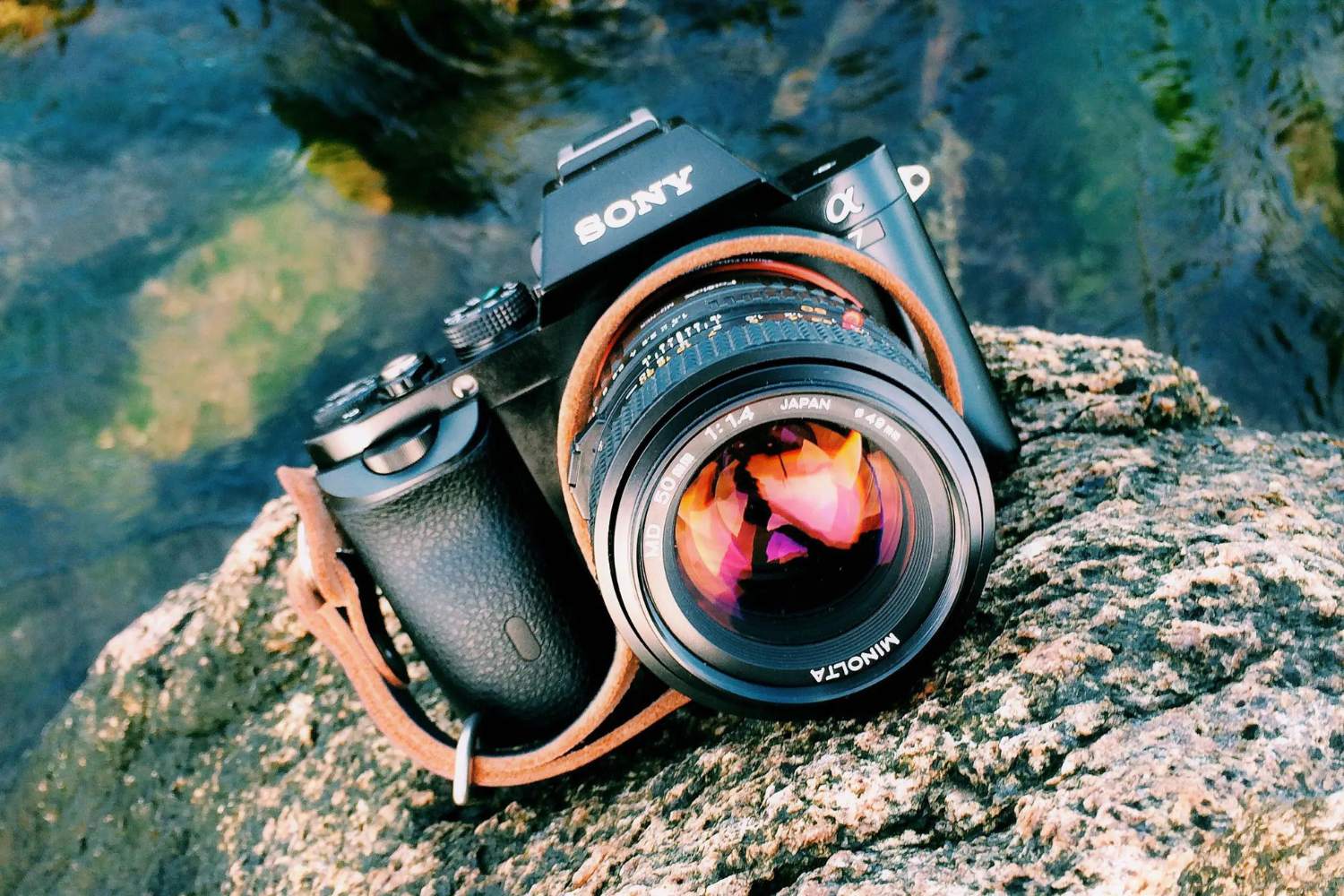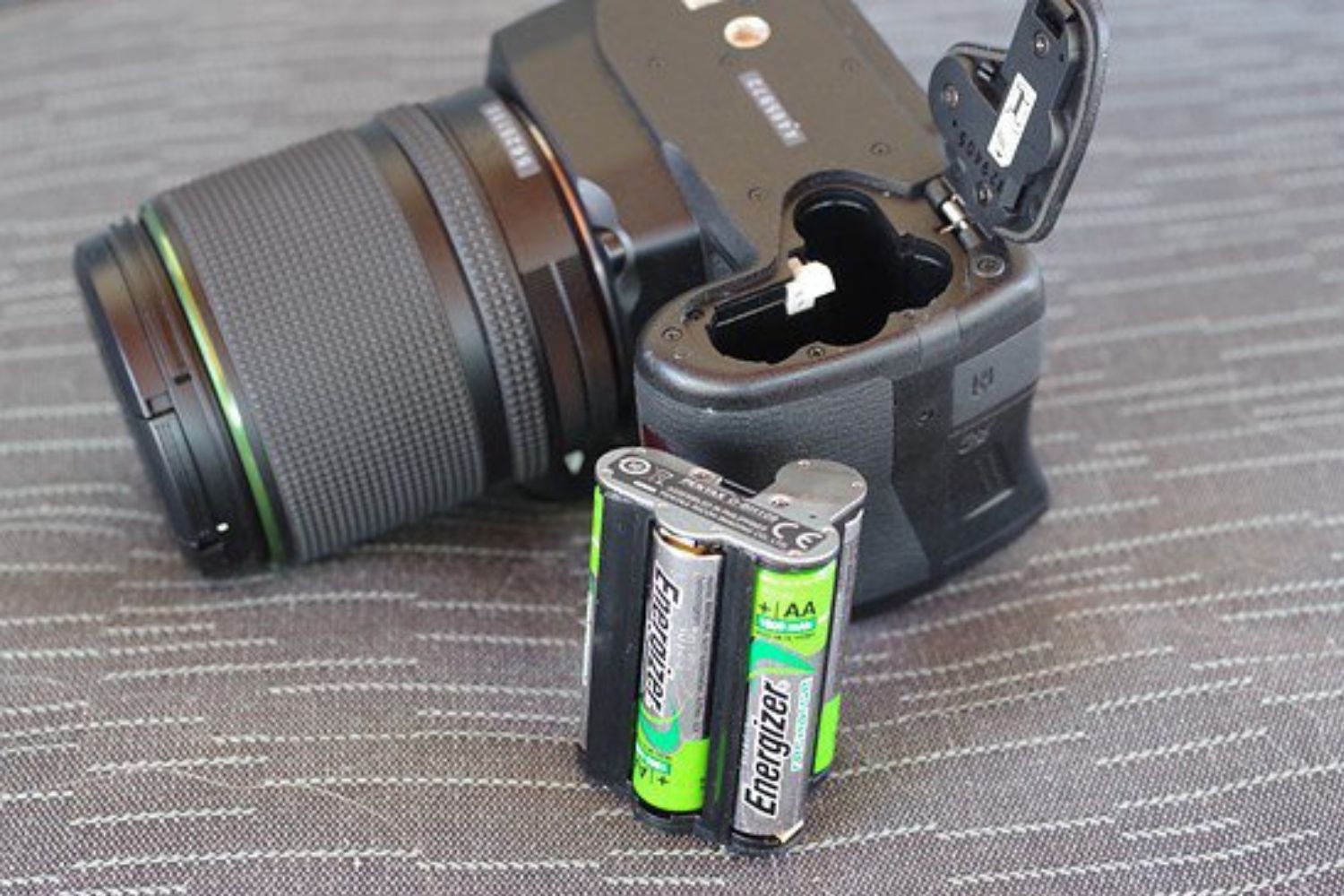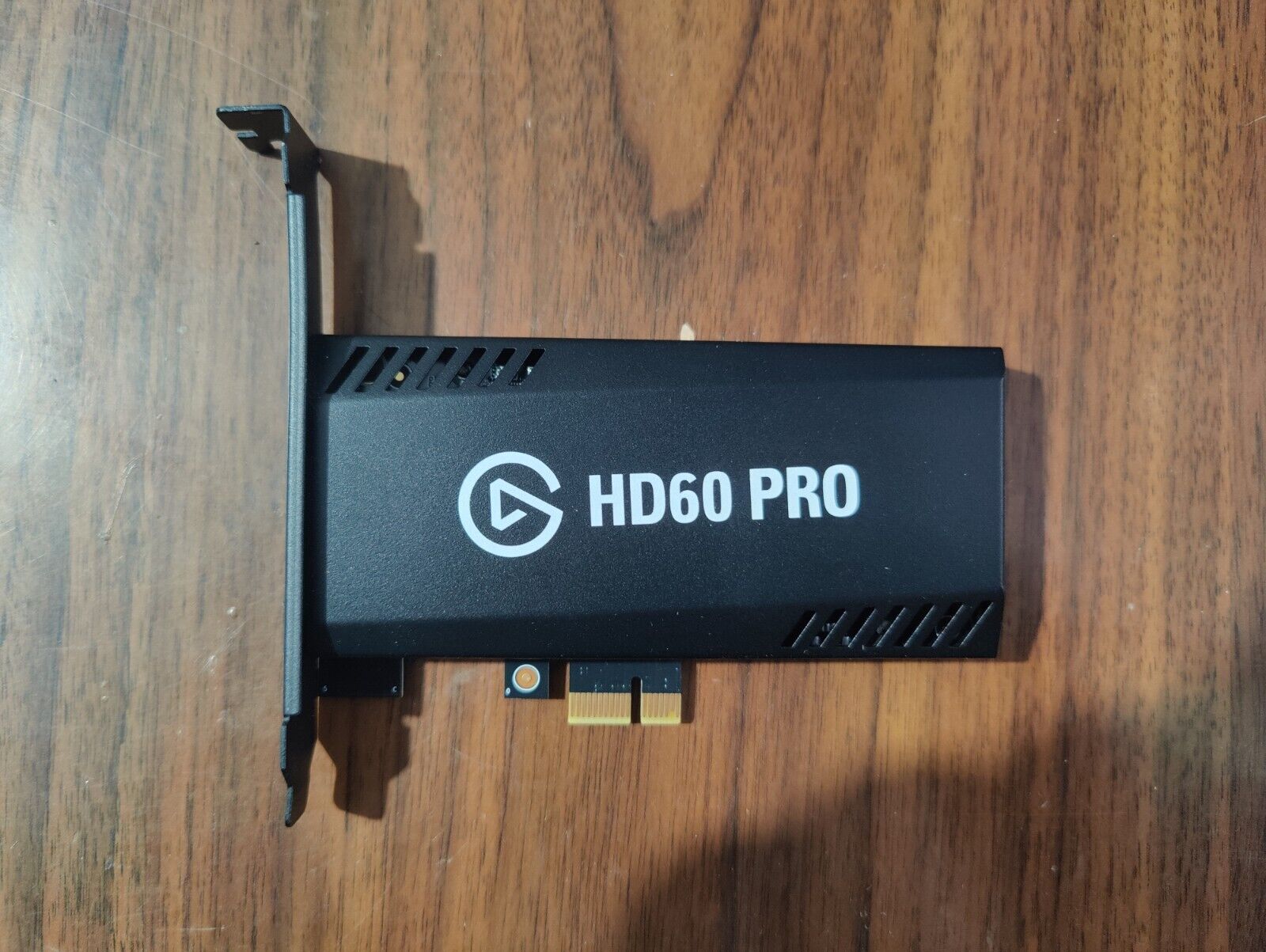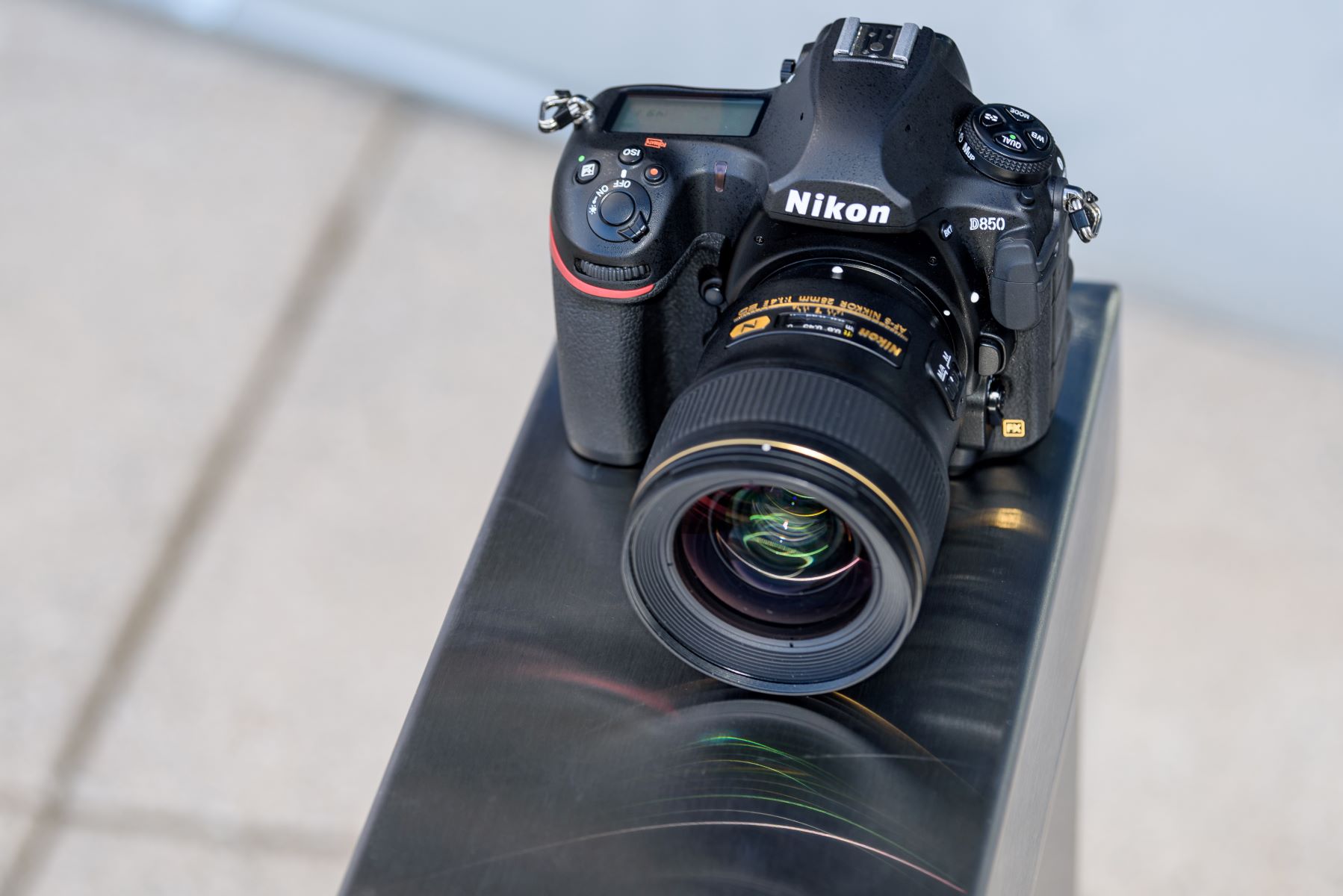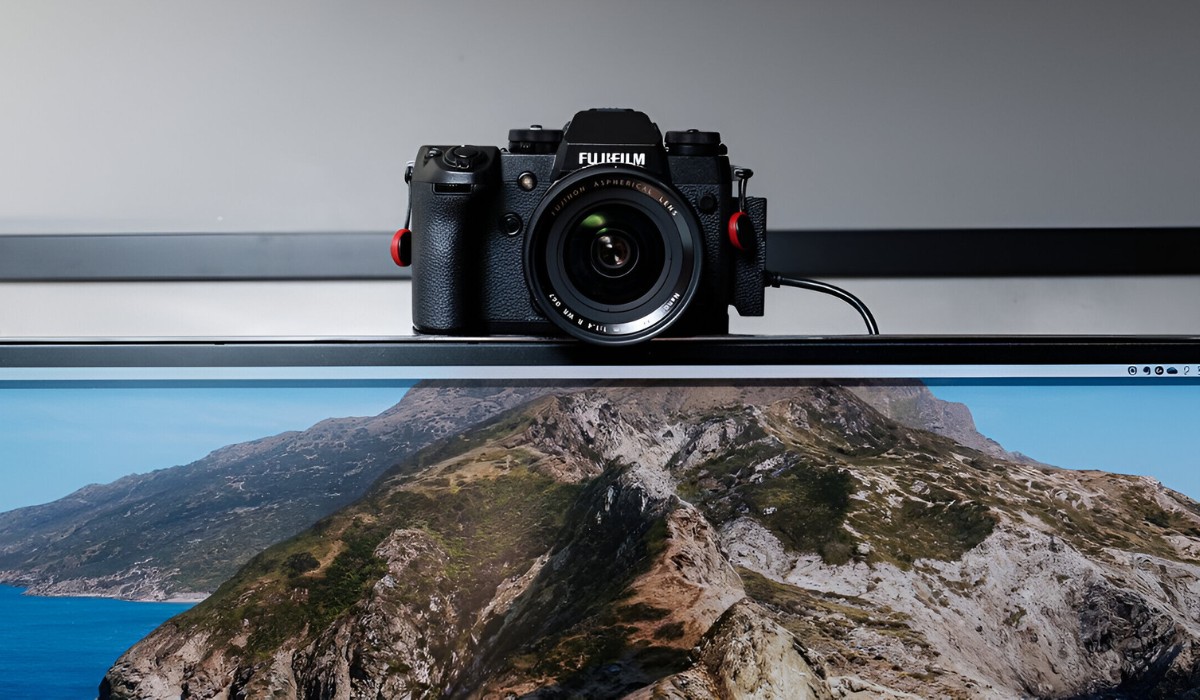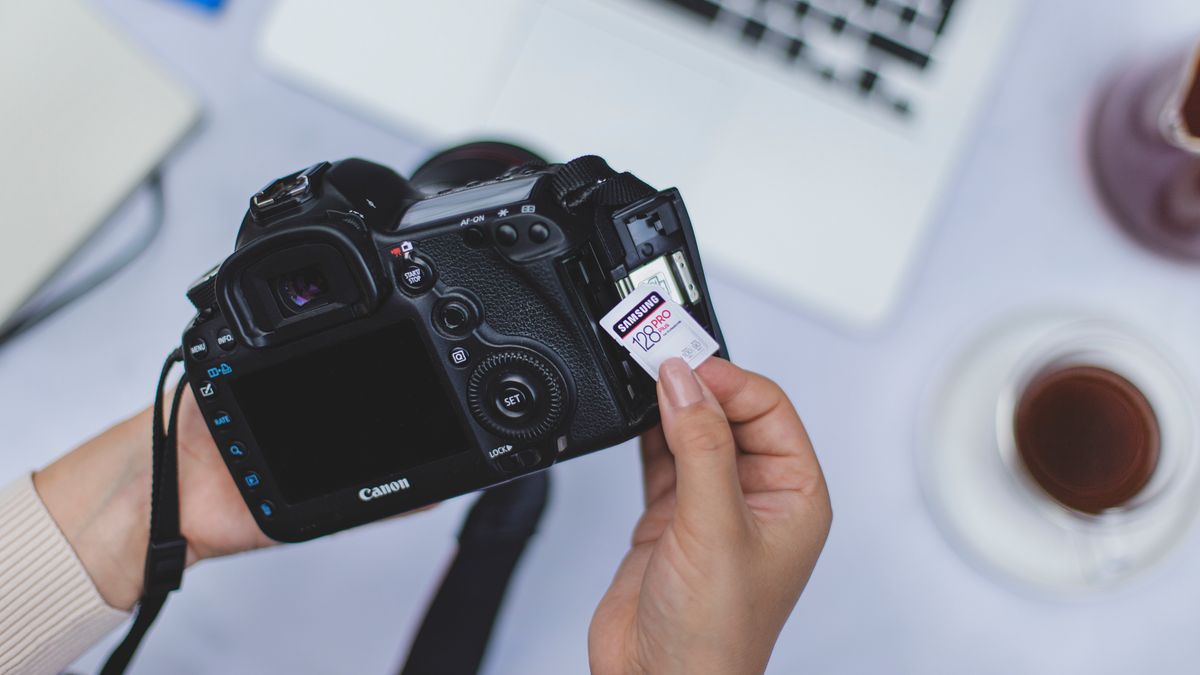Introduction
Understanding the Basics of Using a Glidecam for Your DSLR Camera
If you are an aspiring filmmaker, videographer, or content creator, you understand the significance of capturing smooth, stable footage with your DSLR camera. While tripods and other stabilizing tools have their place, the Glidecam offers a unique solution for achieving professional-looking, dynamic shots. This innovative piece of equipment allows you to move seamlessly with your camera, capturing fluid motion and adding a cinematic touch to your videos.
Using a Glidecam effectively requires a fundamental understanding of its mechanics, proper balancing techniques, and efficient operation. In this guide, we will explore the essential steps for using a Glidecam with your DSLR camera, empowering you to elevate the quality of your video content. From balancing your camera to mastering the art of smooth movements, this comprehensive tutorial will equip you with the knowledge and skills to maximize the potential of your DSLR camera in conjunction with a Glidecam.
Whether you are delving into the world of filmmaking or seeking to enhance your videography skills, mastering the use of a Glidecam can significantly elevate the production value of your videos. With dedication and practice, you can harness the capabilities of this versatile tool to capture breathtaking footage that resonates with your audience. Let's embark on this journey to unlock the full potential of your DSLR camera with the art of Glidecam operation.
Understanding the Glidecam
Exploring the Functionality and Components of the Glidecam
Before delving into the practical aspects of using a Glidecam with your DSLR camera, it is essential to grasp the fundamental principles behind this innovative stabilization device. The Glidecam, a type of camera stabilizer, is designed to minimize the impact of hand and body movements on the camera, resulting in smooth, steady footage. It consists of several key components that work in harmony to achieve this objective.
The central element of the Glidecam is the sled, which serves as the platform for mounting your DSLR camera. Attached to the sled is the gimbal, a pivoted support that allows the camera to rotate on its axis, providing stability and enabling smooth panning and tilting movements. The handle, an integral part of the Glidecam, allows the operator to maneuver the device with precision and control, facilitating dynamic shots with ease.
Furthermore, the counterweights on the bottom of the Glidecam play a crucial role in balancing the entire system, ensuring that the camera remains level and steady during operation. Understanding the interplay of these components is vital for harnessing the full potential of the Glidecam and achieving professional-quality footage.
Moreover, the dynamic nature of the Glidecam enables users to capture fluid, cinematic shots that add a layer of artistry to their videos. By mastering the art of Glidecam operation, videographers can unleash their creativity and elevate the visual storytelling in their projects. As we delve deeper into the practical aspects of using a Glidecam with your DSLR camera, you will gain a comprehensive understanding of its functionality and learn how to leverage its capabilities to enhance the impact of your video content.
Balancing Your DSLR Camera
Mastering the Art of Achieving Perfect Balance on the Glidecam
One of the fundamental steps in utilizing a Glidecam for your DSLR camera is achieving optimal balance. Proper balancing ensures that the camera remains stable and level during operation, allowing you to capture smooth, steady footage. The process of balancing your DSLR camera on the Glidecam involves meticulous adjustments and a keen eye for precision.
Begin by mounting your DSLR camera onto the sled of the Glidecam, ensuring that it is securely fastened. The next step is to adjust the position of the camera and the counterweights to achieve a neutral, balanced state. This involves making incremental changes to the placement of the camera and the counterweights, fine-tuning the system until it remains level and exhibits minimal sway when handheld.
Furthermore, the gimbal plays a pivotal role in maintaining balance, allowing the camera to pivot smoothly without introducing unwanted motion. Ensuring that the gimbal is properly aligned and free from any obstructions is essential for achieving optimal performance from the Glidecam.
Mastering the art of balancing your DSLR camera on the Glidecam is a skill that requires patience and attention to detail. As you familiarize yourself with the nuances of the balancing process, you will develop a keen sense of how subtle adjustments can significantly impact the stability and overall performance of the system.
By attaining perfect balance on the Glidecam, you set the stage for capturing breathtaking, professional-quality footage that exudes a sense of fluidity and cinematic appeal. As we proceed to the next steps of using the Glidecam with your DSLR camera, remember that the foundation of a seamless, enjoyable shooting experience lies in achieving and maintaining impeccable balance.
Holding and Operating the Glidecam
Maintaining Control and Precision for Seamless Camera Movements
Once you have successfully balanced your DSLR camera on the Glidecam, the next crucial aspect is mastering the art of holding and operating the device. Proper handling and technique are essential for achieving smooth, stable shots and maximizing the potential of your DSLR camera in conjunction with the Glidecam.
When holding the Glidecam, maintain a relaxed yet firm grip on the handle, allowing for fluid movements while ensuring control and stability. Distributing the weight of the device and your arm movements evenly is key to minimizing unwanted sway and vibrations, resulting in steady footage.
Furthermore, maintaining a consistent posture and stance while operating the Glidecam contributes to the overall stability of the system. Keep your movements deliberate and smooth, avoiding sudden jerks or erratic motions that can compromise the quality of your shots.
As you navigate through various shooting scenarios, such as walking, panning, or executing dynamic maneuvers, it is essential to anticipate and counteract any potential disturbances to maintain the desired level of stability. This proactive approach, coupled with a nuanced understanding of the Glidecam’s response to different movements, empowers you to capture seamless, professional-grade footage.
Additionally, familiarize yourself with the subtle adjustments that can be made to the Glidecam’s handle and gimbal to fine-tune the camera’s orientation and achieve specific shot compositions. This level of control and precision elevates the visual impact of your videos, allowing you to craft compelling narratives and captivating visuals.
Mastering the art of holding and operating the Glidecam is a continuous learning process that demands practice and attentiveness. As you refine your technique and gain confidence in maneuvering the device, you will unlock the full potential of your DSLR camera, capturing stunning footage that resonates with your audience.
Tips for Smooth and Stable Shots
Enhancing the Quality of Your Footage with Proven Techniques
As you embark on your journey to master the art of using a Glidecam with your DSLR camera, integrating proven tips and techniques into your workflow can significantly elevate the quality of your footage. By implementing the following strategies, you can achieve smooth, stable shots that exude professionalism and visual appeal.
- Practice Makes Perfect: Dedicate time to familiarize yourself with the operation of the Glidecam, honing your skills through consistent practice. The more you engage with the device, the more intuitive and seamless your movements will become, resulting in smoother footage.
- Slow and Steady Movements: When operating the Glidecam, prioritize deliberate and controlled movements. Avoid abrupt or hurried actions, as these can introduce unwanted vibrations and instability into your shots. Embrace a measured pace to maintain smoothness.
- Engage Your Core: Utilize your body’s core strength to stabilize the Glidecam, minimizing sway and enhancing the overall steadiness of your shots. By engaging your core muscles, you can achieve greater control and finesse in your movements.
- Focus on Your Breathing: Maintain steady, relaxed breathing while operating the Glidecam. Controlled breathing can help reduce tension in your body, leading to smoother movements and improved stability in your footage.
- Footwear Matters: Opt for comfortable, supportive footwear that allows for ease of movement and stability. Your choice of footwear can impact your balance and agility, influencing the smoothness of your shots.
- Utilize a Monitor or Viewfinder: Incorporate a monitor or viewfinder to aid in framing and composition, enabling you to maintain a steady shot while monitoring the visual elements of your footage.
- Embrace Dynamic Angles: Experiment with various angles and perspectives, exploring the versatility of the Glidecam to capture dynamic, visually engaging shots. Embracing creativity in your compositions can add depth and intrigue to your videos.
- Continuous Refinement: Regularly assess and refine your technique, seeking opportunities for improvement. By remaining open to adjustments and refinements, you can enhance the smoothness and stability of your shots over time.
By integrating these tips into your practice and workflow, you can cultivate a nuanced understanding of the nuances of operating a Glidecam, ultimately achieving smooth, stable shots that elevate the impact of your video content.
Conclusion
Elevating Your Videography Skills with the Art of Glidecam Operation
As we conclude our exploration of using a Glidecam for your DSLR camera, it is evident that mastering this innovative stabilization tool can significantly enhance the quality and visual appeal of your video content. By understanding the mechanics of the Glidecam, achieving optimal balance, and honing your technique for smooth and stable shots, you have embarked on a journey toward elevating your videography skills to new heights.
The art of using a Glidecam extends beyond technical proficiency; it encompasses a blend of precision, creativity, and dedication to continuous improvement. As you immerse yourself in the world of Glidecam operation, remember that practice, patience, and a willingness to experiment are instrumental in refining your craft.
With each smooth, stable shot captured through the artful manipulation of the Glidecam, you have the opportunity to convey compelling narratives, evoke emotions, and immerse your audience in captivating visual experiences. Whether you are documenting life’s moments, creating cinematic sequences, or producing professional video content, the mastery of the Glidecam empowers you to elevate the storytelling potential of your DSLR camera.
Embrace the journey of growth and discovery as you integrate the tips, techniques, and insights shared in this guide into your videography practice. Each moment spent refining your skills with the Glidecam brings you closer to unlocking the full potential of your DSLR camera and expressing your unique creative vision through seamless, professional-grade footage.
As you venture forth, remember that the art of Glidecam operation is a dynamic, ever-evolving pursuit. Embrace the challenges, celebrate the milestones, and remain steadfast in your commitment to refining your craft. With each smooth, stable shot, you are not only capturing moments but also shaping immersive visual narratives that resonate with your audience.
May your journey with the Glidecam be filled with inspiration, creativity, and the satisfaction of translating your vision into mesmerizing, impactful video content.







